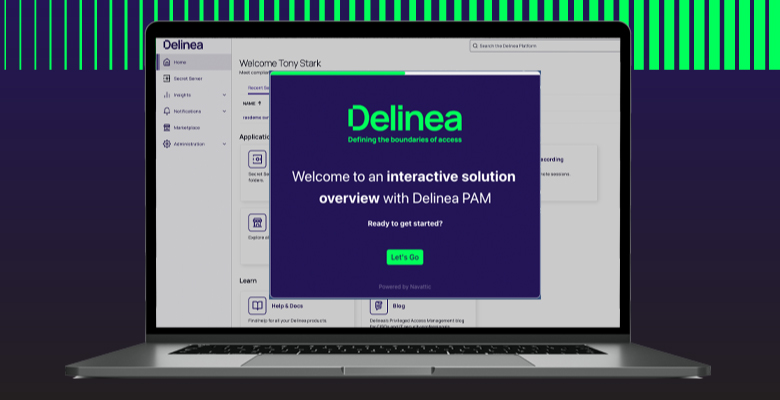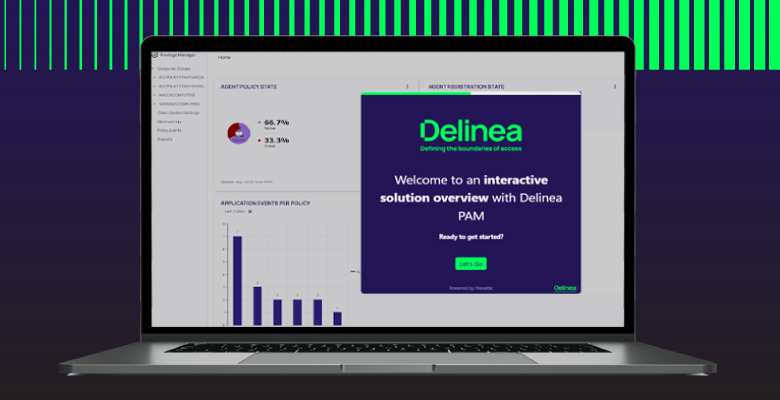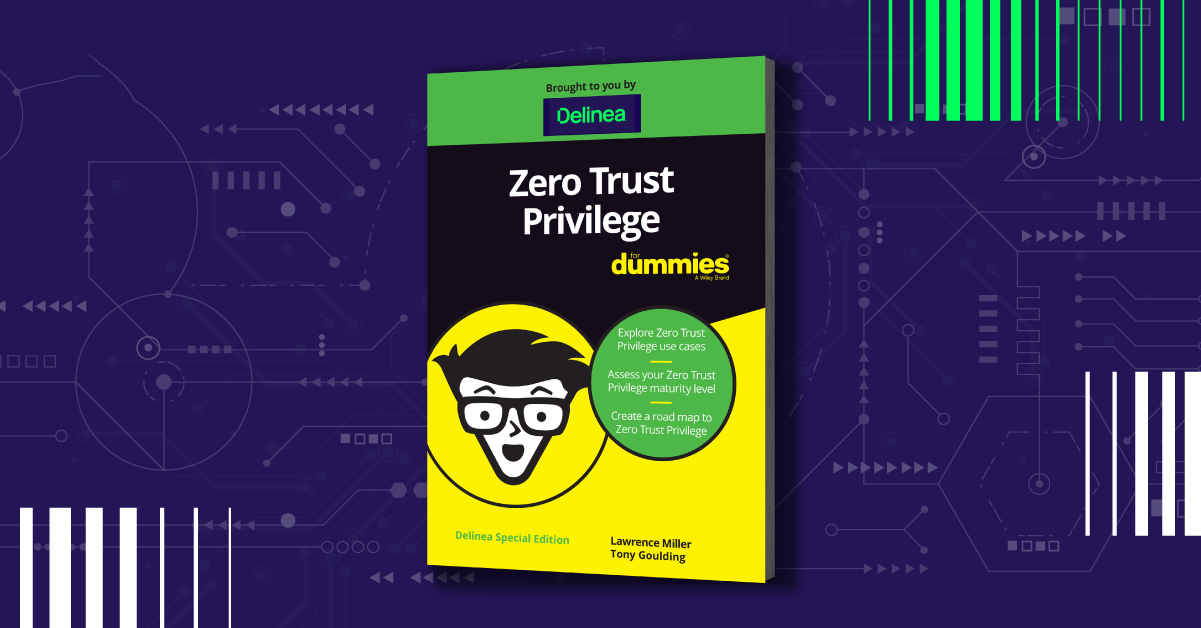Start your zero trust journey
Challenge
You can’t rely on your network perimeter to separate trusted insiders from untrusted outsiders.
Risk
Standing privileges and broad access rights invite data breaches and cyberattacks.
Solution
Zero trust reduces cyber risk and lowers the chance of a data breach by 50%.
What is zero trust security?
With a zero-trust security model, you don’t trust any user or system automatically, even when they’ve cleared your security perimeter. Instead, you verify all identities, grant minimum access based on context, and monitor activities to make sure controls are working as expected.

How do you achieve a zero-trust vision?
Zero trust requires multiple security controls to protect and manage identities, devices, networks, applications, and data. Identity security capabilities, such as privileged access, verifying identities, multi-factor authentication (MFA), and enforcing principles of least privilege are essential.
Read Zero Trust for Dummies to see how Delinea supports your journey to Zero Trust
Verify who is requesting access
Zero trust requires a shift from implicit trust to explicit trust that is gained through multiple forms of user and device verification. To achieve this, you must establish and manage unique, low-privilege identities for all users who require privileged access, including IT administrators and workforce users, and machine identities such as applications and services. It’s also critical to enable just-in-time access and enforce MFA at depth for identity assurance.
See how to manage identities in the cloud and on-premise with Server PAM
Limit and secure privileged accounts
Vaulting privileged accounts and automatically rotating credentials removes risk quickly and easily.
Enter Privileged Access Management (PAM), a key component of a modern identity security strategy. Using centralized policy engine, you can govern and secure the account lifecycle.
See how Secret Server on the Delinea Platform manages privileged accounts
Eliminate broad, standing privileges on servers
Never grant human or machine identities broad, standing privileges that provide server access. Instead, provide only the needed level of privilege to perform specific tasks—and only for as long as necessary. It’s also essential to limit privilege elevation to approved, time-bound actions to prevent privilege elevation on servers.
Enforce least privilege on workstations
Monitor and audit everything
Continuous monitoring is a critical security control in a zero-trust model. You must have oversight of all privileged user activity and be able to record, review, and document everything.
See how Identity Threat Protection detects anomalous behavior

Identity Security for Zero Trust
See how Secret Server secures, identifies, manages, monitors, and audits your privileged account credentials and more.
Try an interactive demo
Explore key capabilities of Delinea Privilege Manager at your own pace.
Try an interactive demo
Understand the basics of zero trust and learn how an identity-centric zero trust approach ensures least privilege access and just-in-time/just enough privilege elevation.
Download the eBook